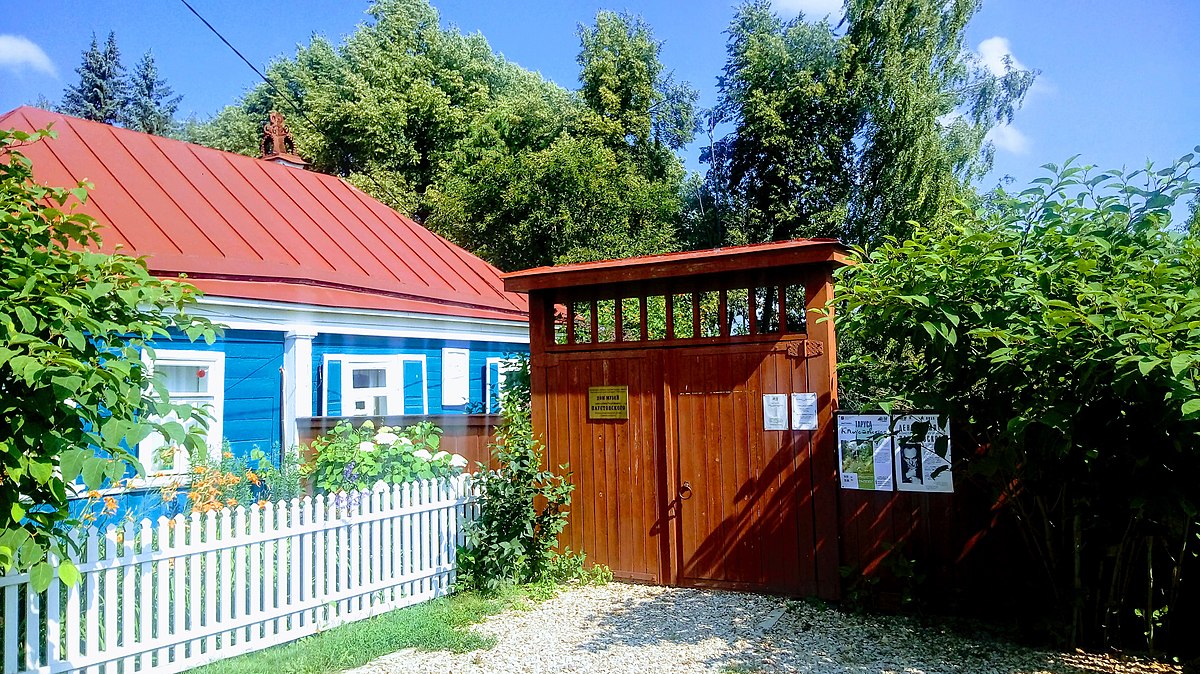




Tarusa’s development strategy involves the development of the economy, urban environment and social policy, as well as directly contributes to the solution of priority national tasks:
– on the development and implementation of strategic documents that take into account the orientation of territorial development to preserve the environment, minimize the causes and consequences of climate change,
– for the dissemination and implementation of environmentally friendly technologies in urbanized areas, which are leaders in the negative impact on the health and quality of life of people and the natural environment, as well as
– to promote the formation and improvement of the ecological culture of the population of the Russian Federation.
The general goal is to create the first “exemplary” eco–city in Russia, in which a high level of comfort for its residents is created with the help of the most advanced green technologies, combined with the maximum opportunity for their self-realization and ensuring environmental friendliness to the environment.

The main objectives of the Tarusa development strategy are:
1. formation of a territory with a reference quality of life corresponding to the most advanced world standards – international standards of green construction (life support cluster);
2. comprehensive implementation and testing of the most innovative eco-technologies for creating an urban environment with the possibility of further replication of the experience gained (life support and education cluster);
3. raising the educational and cultural level of the population through educational, educational and tourist projects (tourist and recreational cluster);
4. maximum use of internal resources of the territory to activate the local economy;
5. when developing a roadmap for the implementation of the strategy, lay down and stimulate the development of only those sectors of the national economy in this territory that do not have a negative impact on the environment;
6. development and implementation of a comprehensive plan for the modernization of the urban environment and infrastructure using the latest green technologies with the accumulation of the experience gained and providing opportunities for its further demonstration and replication;
7. promoting the formation of a new system of values among the residents of the territory and changing the consumption model from mass to responsible, including the transition to an eco-friendly lifestyle in their daily household practice and personal participation in improving the quality and environmental friendliness of the urban environment.
The most acute socio-economic problems of Tarusa, which this strategy of sustainable development of the territory is designed to solve, are:
Tarusa is a vivid example of preserving the historical structure and environment of a small ancient Russian city, which today are becoming a valuable resource capable of capitalization through the development of tourism and educational sectors of the economy. A very successful urban planning structure, developed in the XVIII century by architect Nikitin, has been preserved to this day, old buildings and central streets give rise to a sense of the duration of the national historical process and a special sense of warmth and security from immersion in the space of their ancestral culture.
And the sense of historicity and identity of the urban environment is an extremely important component of its comfort. Moreover, in most territories of large and new cities, it is impossible to ensure the presence of these elements of comfort of the environment in principle, because these elements have been formed for centuries. Therefore, with the development of the globalization process, the source of this resource will be precisely small historical cities, to which users will come precisely for the feeling that the developers of this concept called the “Spirit of the Times”.
The territorial location of Tarusa in relation to the capital is the most advantageous in comparison with other bright historical cities of the Russian Federation, which could compete with it. It is located 120 km from Moscow along the Simferopol highway, which provides excellent transport accessibility by car on a road with a high–quality surface with almost no traffic jams – 1.5-2 hours and easy accessibility by public transport (2-2.5 hours).
Kaluga (70 km) and Tula (80 km) are also located near Tarusa. This factor unites all other resources into a single unique system that can become the basis for the socio-economic revival of this territory, given the rapid growth in demand for nature, identity and culture from the population of large cities, where an increase in living standards has already led to an increase in demand for a new quality of environment.

“Tarusa 2050” is: